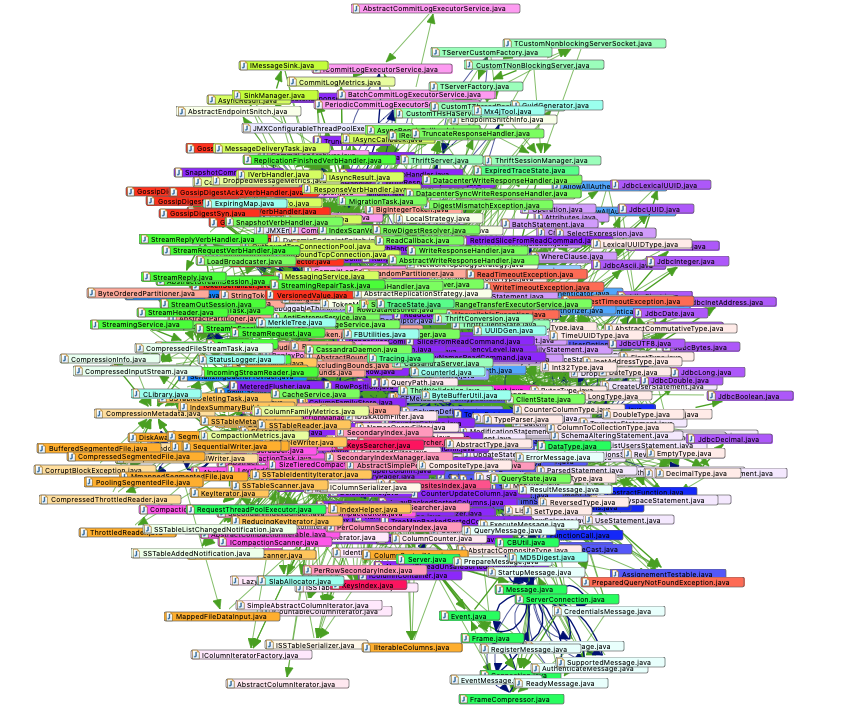If a picture is worth a thousand words, data visualization is worth a thousand data points. The 7.0.2 Couchbase Query Workbench (and the Analytics Workbench) introduces the charts tab, which allows users to create charts based on the results of the query.
A Closer Look at Charts
Internally we use D3 to render the charts themselves. Each individual value can be seen using the hover tooltip, and the legend (colors and what they represent) for the multicolored charts are seen in the right-hand corner of the canvas. The charts can also be downloaded as an SVG using the button on the right-hand side of the canvas. Sizing the canvas or the screen itself auto-adjusts the charts to fit.



